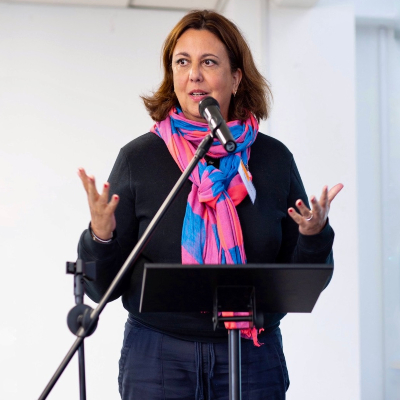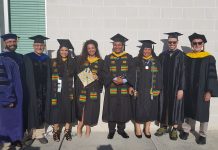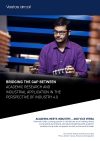Rachel Youngman, leading advocate for equality, diversity, inclusion and ethical leadership and Deputy CEO at the Institute of Physics, explores the essentiality of diversity in STEM education, particularly physics
Unless we create a diverse workforce, our economy falters, and without diversity of thought, society holds itself back from solutions for some of the most complex challenges we face – from combating climate change to pioneering future technology and lifesaving innovations.
We must not limit the opportunities for young people to be part of changing their world.
The importance of diversity in STEM and everywhere else
The consequences of the lack of diversity are the same for many professions: if you don’t get that diversity, do you get as good an output? Research by McKinsey & Company shows that high performance and innovation in teams is better when there is diversity of thought, experience and backgrounds. We need to create an inclusive environment for diversity to have an effect.
At the Institute of Physics (IOP), we are campaigning to increase the number of young people taking physics at 16 who are currently underrepresented in the physics community. Our focus is on girls, young people from lower socioeconomic backgrounds, LGBT+ and disabled young people, and those with Black Caribbean heritage.
This means more than 50% of our population are underrepresented in physics – and this is not through choice.
What skills are seen as most valuable?
Two years ago, the IOP surveyed 500 businesses across different sectors. Some 78% of hiring managers said they valued seeing a physics qualification at 16. What they value are the skills of critical thinking, working in teams, and data analysis, to name but a few.
The skills that come with studying physics are valuable in all sorts of different careers.
However, when we asked parents and carers, it painted a very different picture. Less than 17% saw physics as an important subject choice for a girl’s future. One perception is that if you study physics at 16, your career opportunities after that will be limited – compounded by the stereotype that physics is a hard subject and the sole preserve of a white man working in a laboratory – “the lone boffin”.
Breaking stereotypes is key
As a society, we need to pull these stereotypes out by their roots. The truth is that the opportunities provided by a physics qualification at 16 are so much more diverse and varied than we tell young people. And in physics, there are rewarding jobs to fill a significant skills shortage through academic and increasingly vocational routes.
This is why IOP launched the Limit Less campaign to create a movement of people, within and outside STEM, calling for permanent change that will break down the stereotypes, myths and barriers.
Our campaign has already had notable successes. In the media, we continue to tackle the stereotyping and stop the stale, male, boffin image being used. On social media, TikTok influencers are helping to repeat simple campaign messages to millions of followers from the underrepresented groups we need to reach.
But it is the school environment that is key to change, and here we are calling on the Government to play its role.
How can schools make a difference for diversity in STEM?
To increase the numbers and diversity of those studying physics, evidence from controlled trials have shown that a whole school approach to creating equity and inclusion leads to the number of girls taking physics trebling over two years. This is where school leaders, teachers, governors, parents and young people work together to understand their own actions and the student experience and use the evidence to address challenges, plan activities and track impact.
By using an equity approach, there is recognition that some students may need extra to thrive. This is about the whole school and transformation cannot be led by physics alone – only by working across the whole school community can barriers be dismantled. We want to see whole school equity plans mandated by the Government in all schools, and for them to become part of schools’ inspections.
Physics-based industries and their worth
Physics-based industries in the UK employ more than 2.7 million full-time equivalent employees nationwide and contribute 11% of the national GDP. But if you examine the status of these businesses, you will find a demand for physics skills that can’t be filled. An IOP report with CBI Economics shows that this saw two-thirds of physics-based businesses and innovators holding back on research and development and innovation activity for the past five years.
As a country, we cannot afford to ignore the problems that are causing this shortage. We should not shy away from recognising that central to this is a social justice issue that needs fixing and drawing attention to the current lack of diversity in STEM is a way to start.
Society still has this mantra that somehow young people have freedom of choice and choose not to do a subject. That is simply not the case.
Having worked with young people throughout my career, I know they really struggle to find their place, and the barriers are real. They tell us about barriers they have to tackle because of who they are rather than their ability. Add to that the stereotyping and society creates the perfect storm which impacts our lives, the economy and the future.
This is not a problem for young people themselves to solve. We must not put the responsibility onto those who do not see physics is for them. It is for all of us who influence young people to recognise that the value to society of diversity is important enough for us all to campaign for change.
Contributor Profile
Editor's Recommended Articles
-
Must Read >> Education: Inclusion and diversity in STEM
-
Must Read >> STEM: Improving diversity, equity & inclusiveness






























